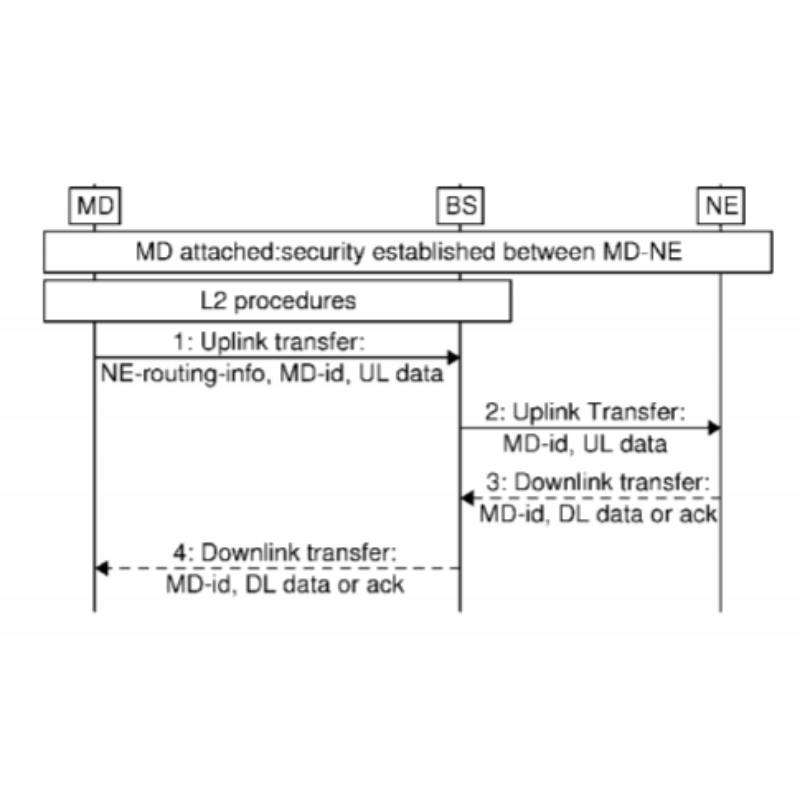Telefonaktiebolaget LM Ericsson (publ) delivers data and information technology remedies for service providers. It operates in four industries Networks, Digital Services, Managed Services, and Emerging Businesses. The Networks gives hardware, software, and similar aids for radio entry and conveyance, as well as similar services, including design, tuning, network rollout, and customer assistance. The Digital Services delivers goods and aids for operators in the regions of business support networks, support systems, cloud core, cloud transmission, network processes virtualization, and cloud infrastructure, including consulting, learning, and testing services.
In India, the business of Telefonaktiebolaget LM Ericsson focuses on Traffic localization with proxy mobility, Packet data serving node (PDSN) load optimization, Aggregated binding updates and acknowledgments in Mobile IPv6, Optimal fragmentation of multicast packets, Load balancing in a mobile telecommunications network, and PPP connection during simple IP.
Telefonaktiebolaget LM Ericsson filed a patent application numbered 2856/DELNP/2013 that is titled LIGHTWEIGHT DATA TRANSMISSION MECHANISM. The patent has been filed in the field of Communications. This Patent Application has been granted as Patent Number 352927. This invention relates to a method of sending user plane data between a user device and a network entity within a packet core network via a radio access network. The method includes the process of authenticating the user instrument to the network and establishing a Security Association between the user and the network, keeping the device in a connectionless state, so that no Security Association occurs between the user and the radio access system and no data bearer is placed between the user and the said packet core network, with the device in said connectionless state, transmitting uplink and downlink user plane content between the user and the said network entity by incorporating the data within signaling indications on the Non-Access Stratum.

During the patent examination, the Patent Examiner raised objections under Section 3(k) of the Patents Act, 1970 stating that the method claims relate to a mere representation of an algorithm. Further, the device/network Entity claims are functional, having NO constructional features, repeat method steps, implemented by a mere processor, with a mere pre-amble change.
As a response, the Applicant submitted that there are various judicial precedents available to determine the patentability of computer-related inventions. A person skilled in the art will understand that the structural components in the telecommunication network for data transmission between the client device and a core network via a radio access network and cannot be performed mentally. Thus, the method steps as claimed are not directed towards the algorithm.
Advocate Rahul Dev is a Patent Attorney & International Business Lawyer practicing Technology, Intellectual Property & Corporate Laws. He is reachable at rd (at) patentbusinesslawyer (dot) com & @rdpatentlawyer on Twitter.
Quoted in and contributed to 50+ national & international publications (Bloomberg, FirstPost, SwissInfo, Outlook Money, Yahoo News, Times of India, Economic Times, Business Standard, Quartz, Global Legal Post, International Bar Association, LawAsia, BioSpectrum Asia, Digital News Asia, e27, Leaders Speak, Entrepreneur India, VCCircle, AutoTech).
Regularly invited to speak at international & national platforms (conferences, TV channels, seminars, corporate trainings, government workshops) on technology, patents, business strategy, legal developments, leadership & management.

